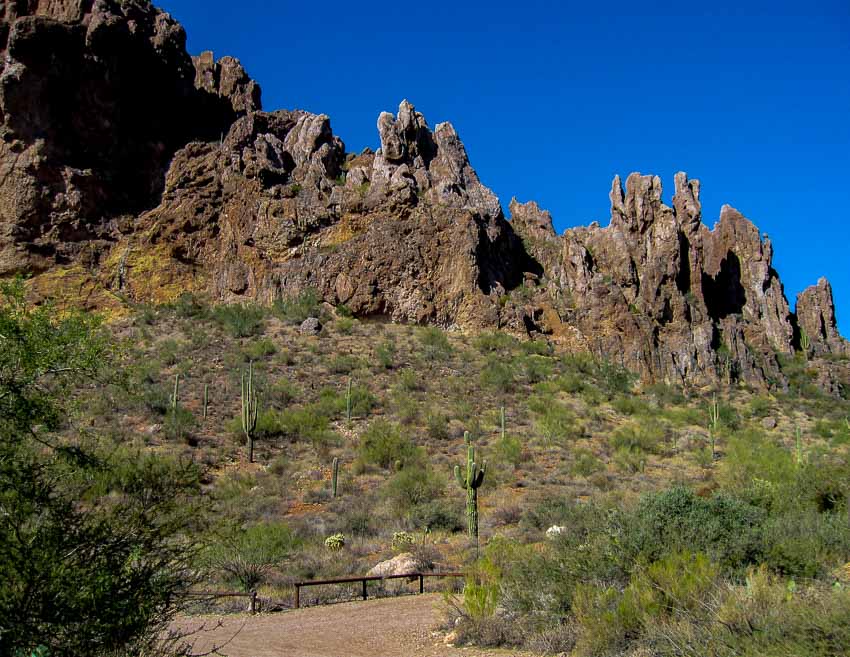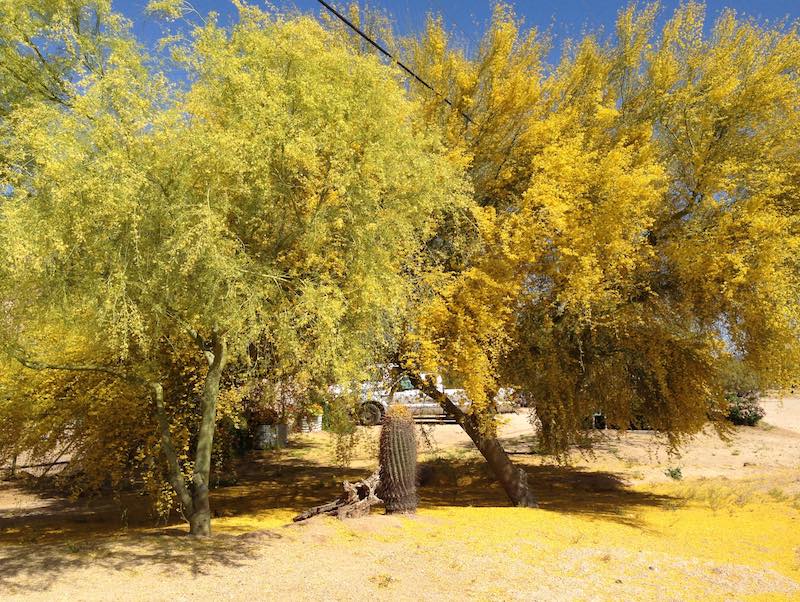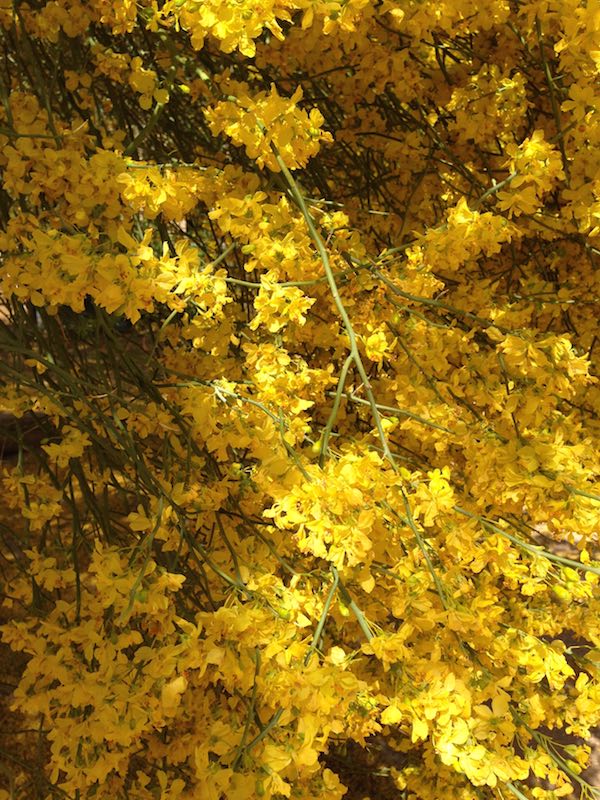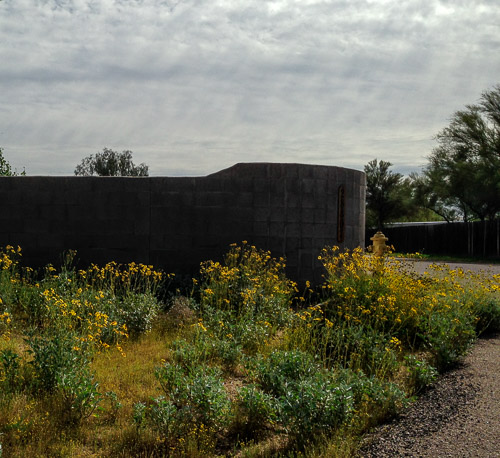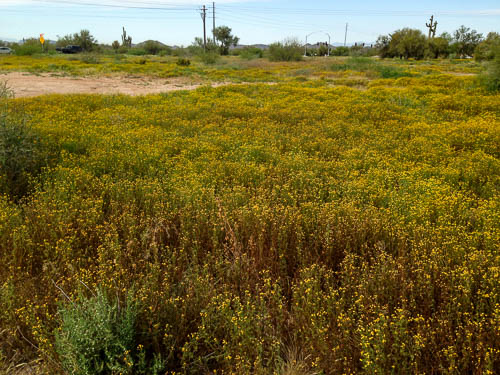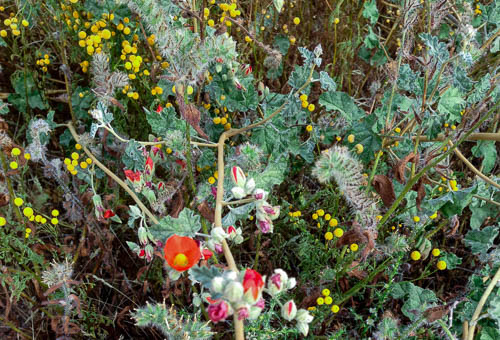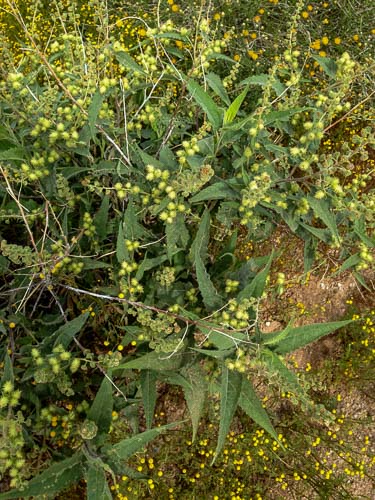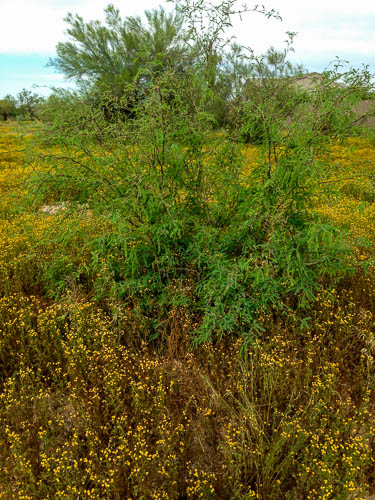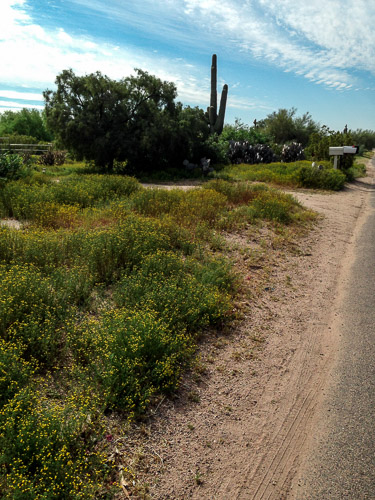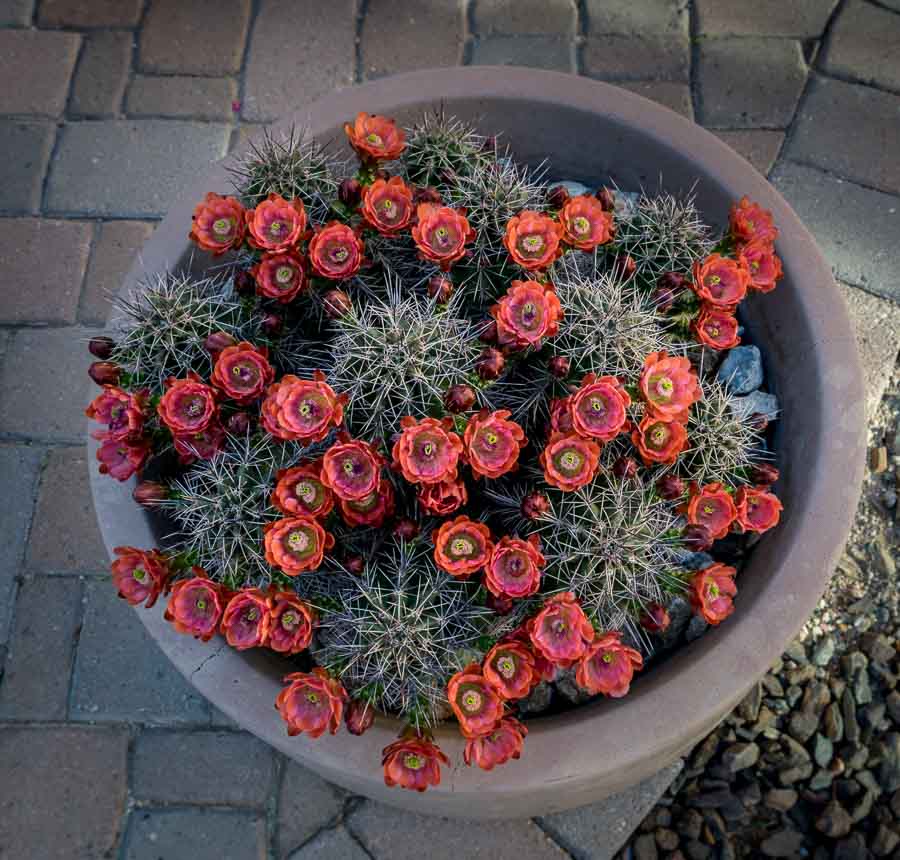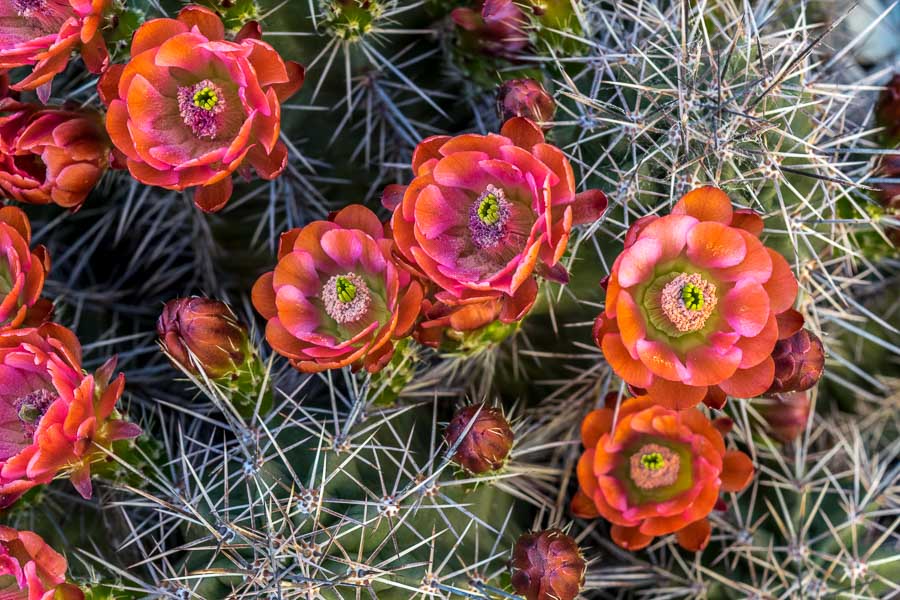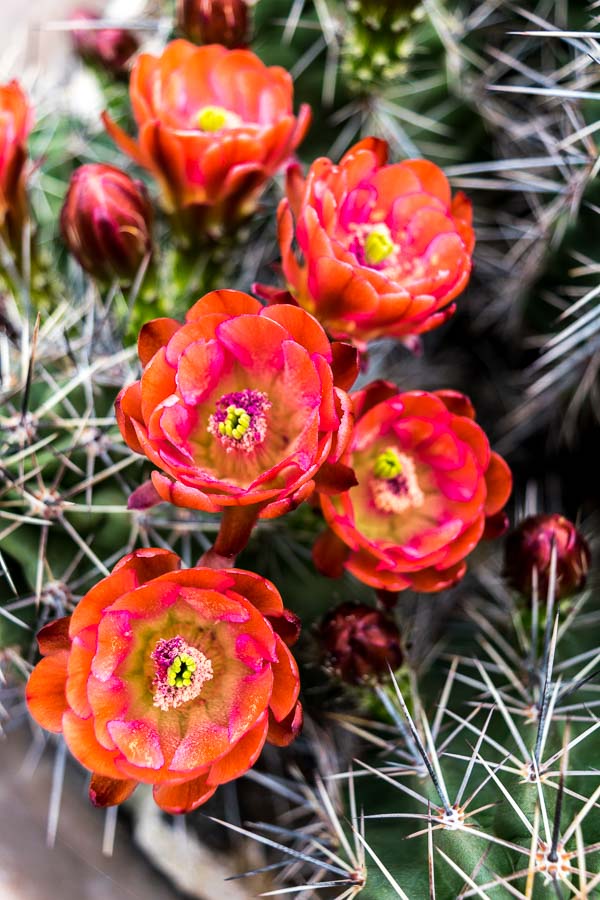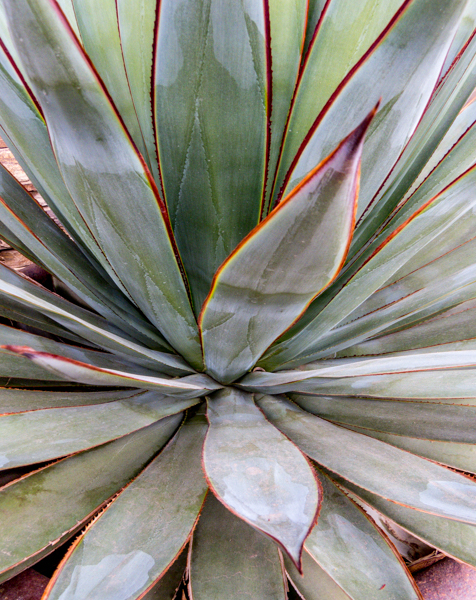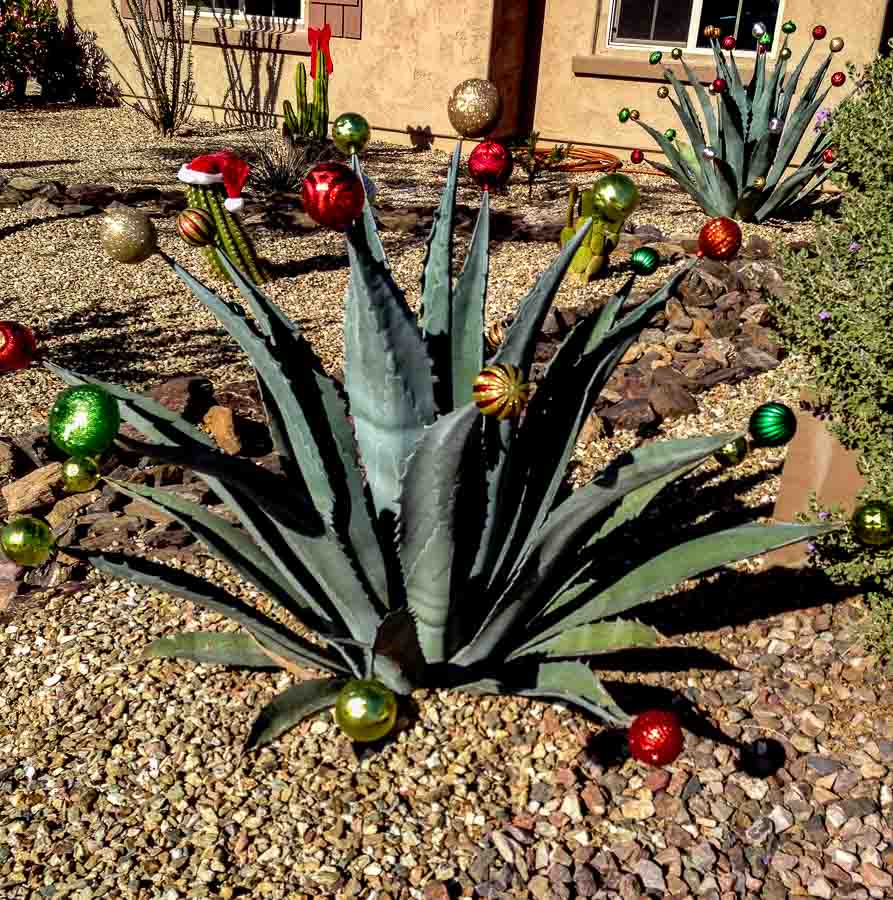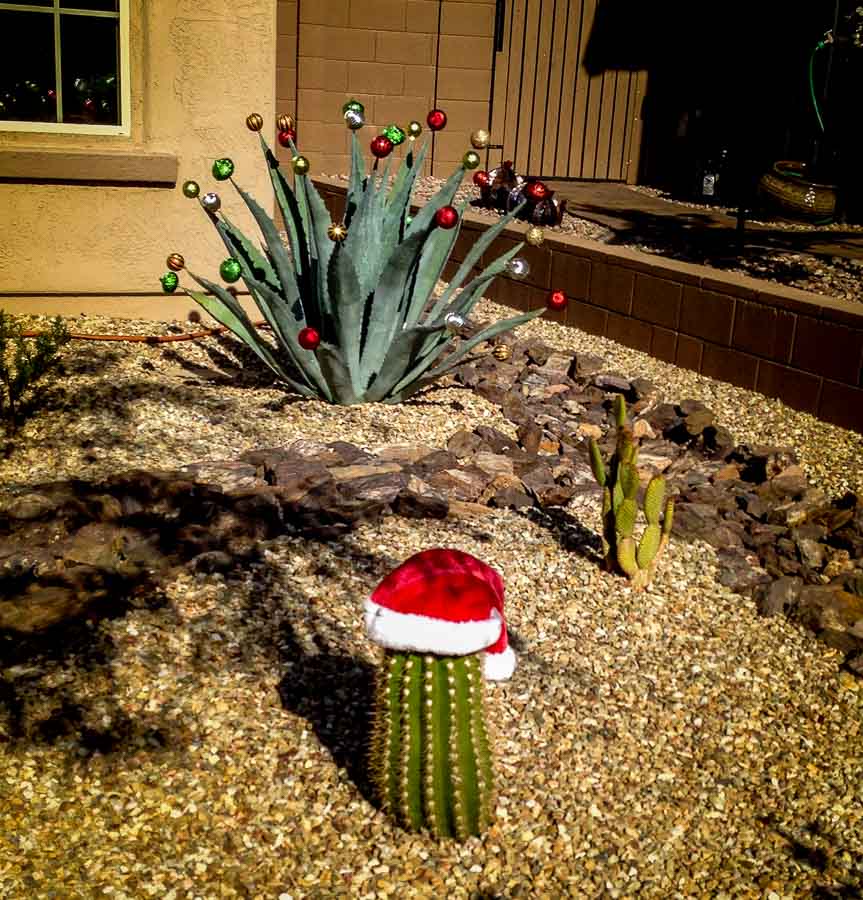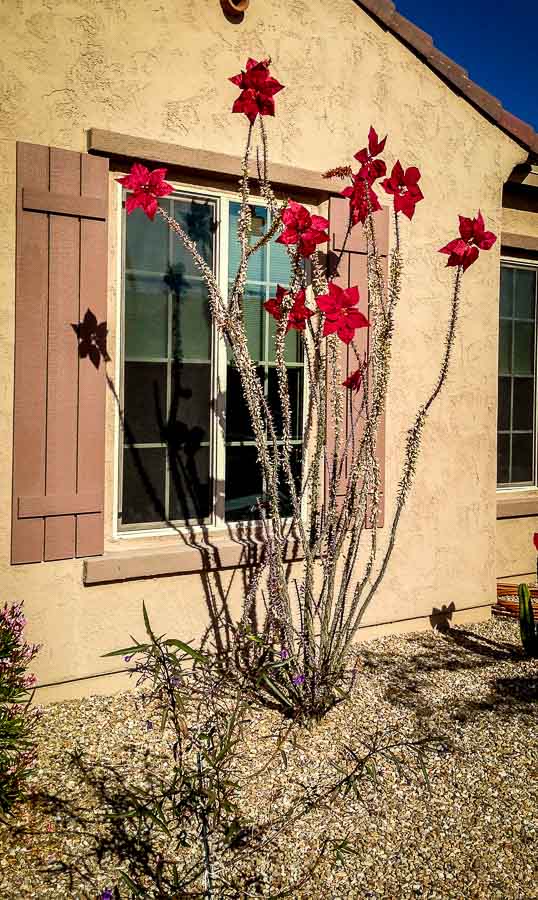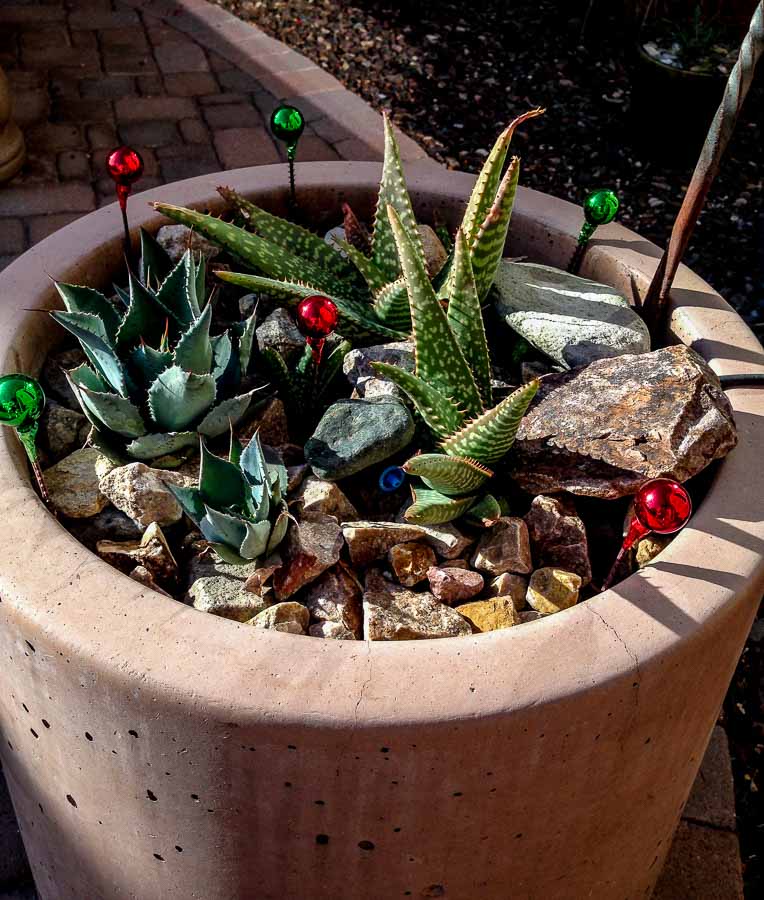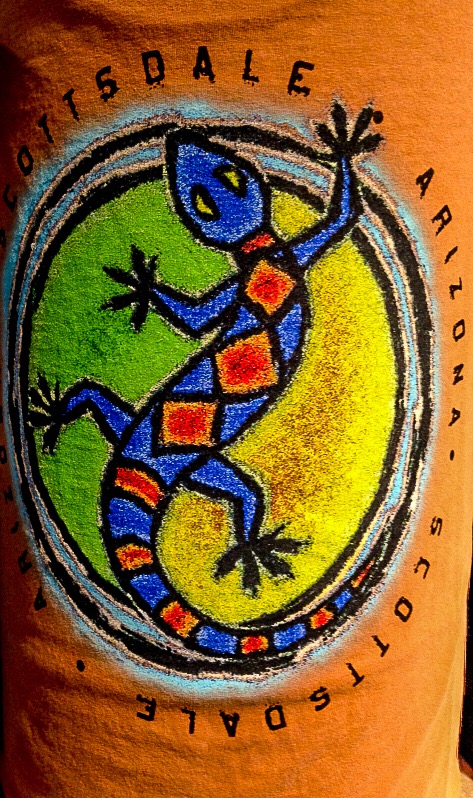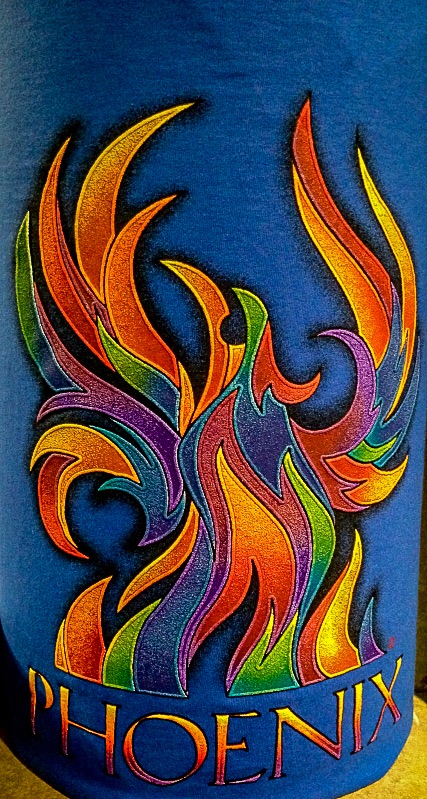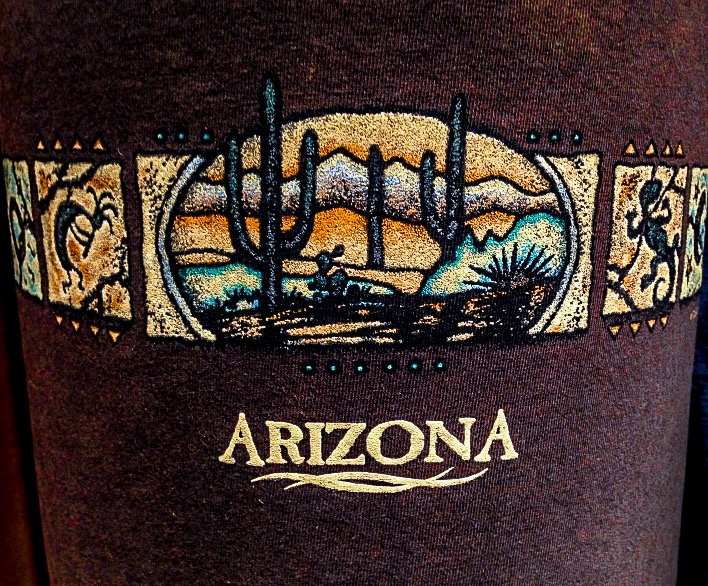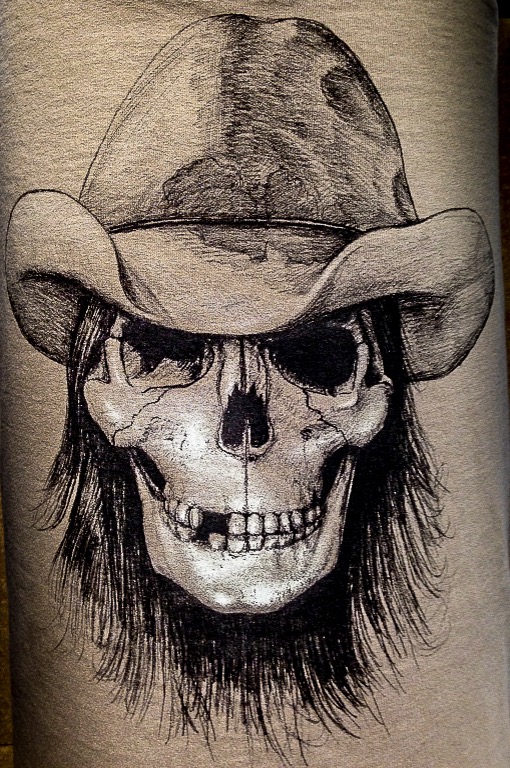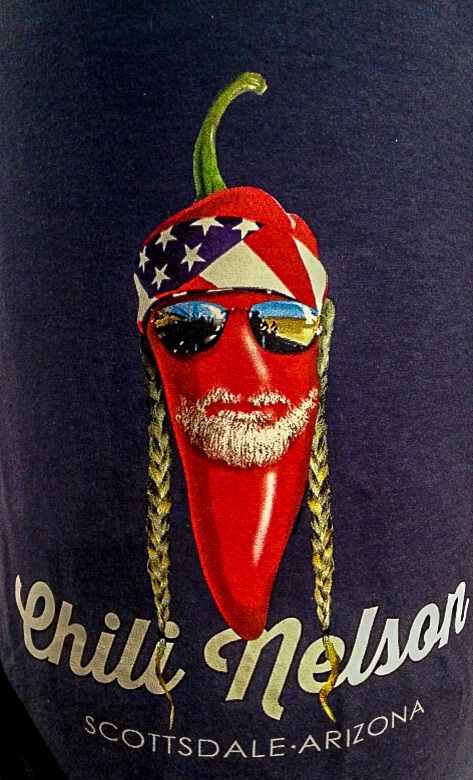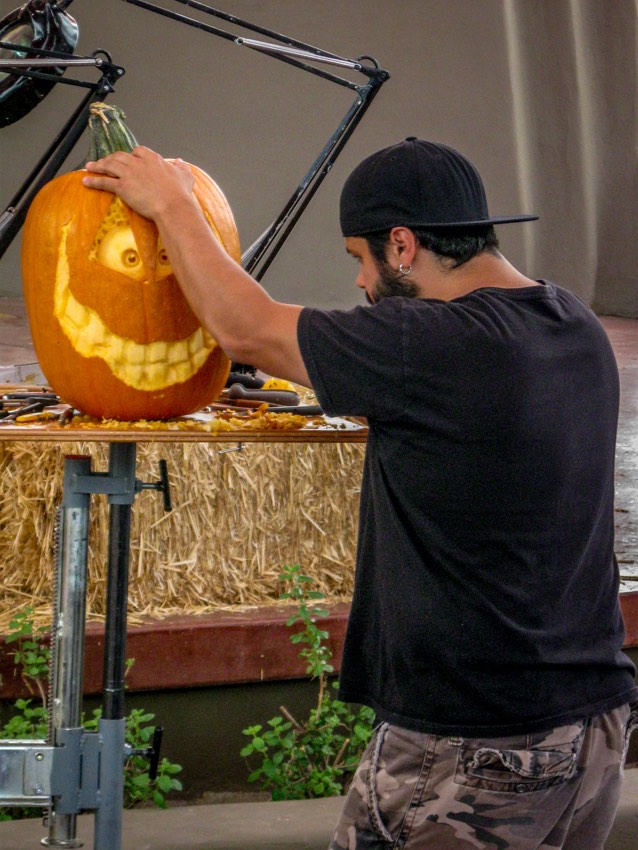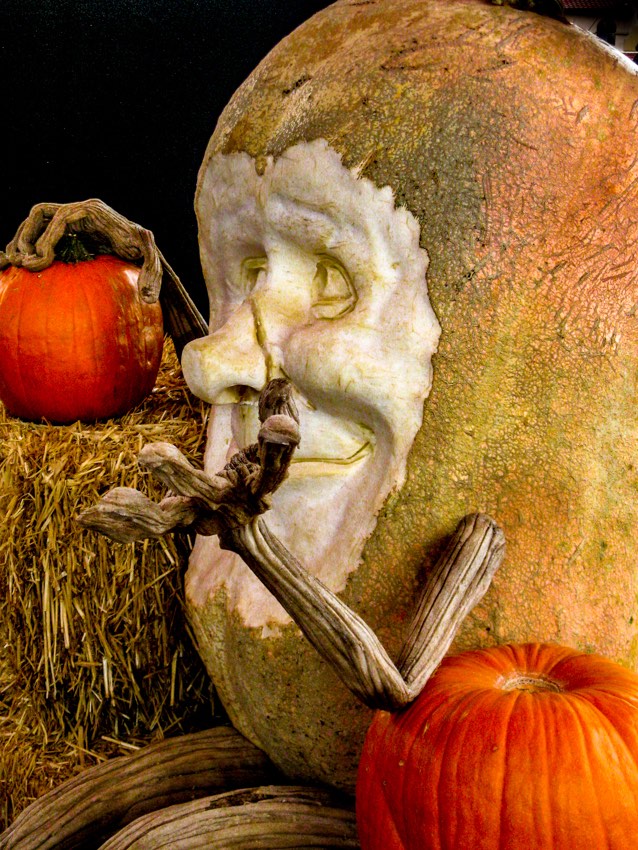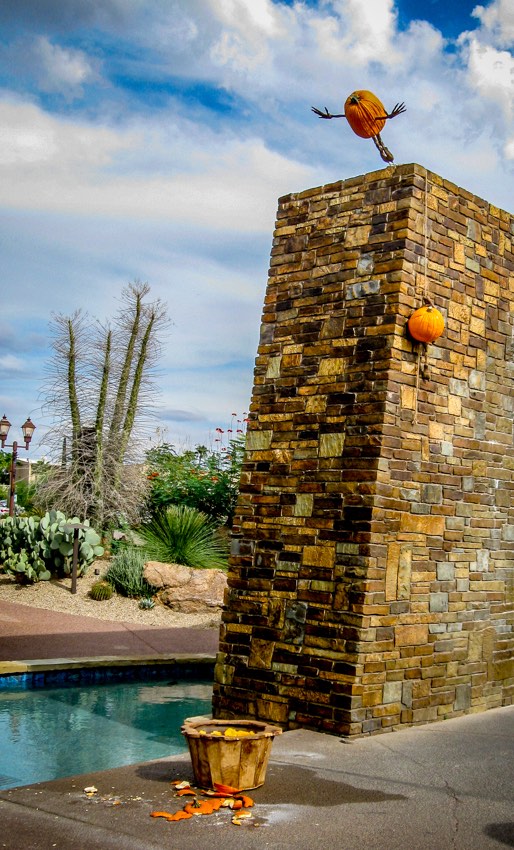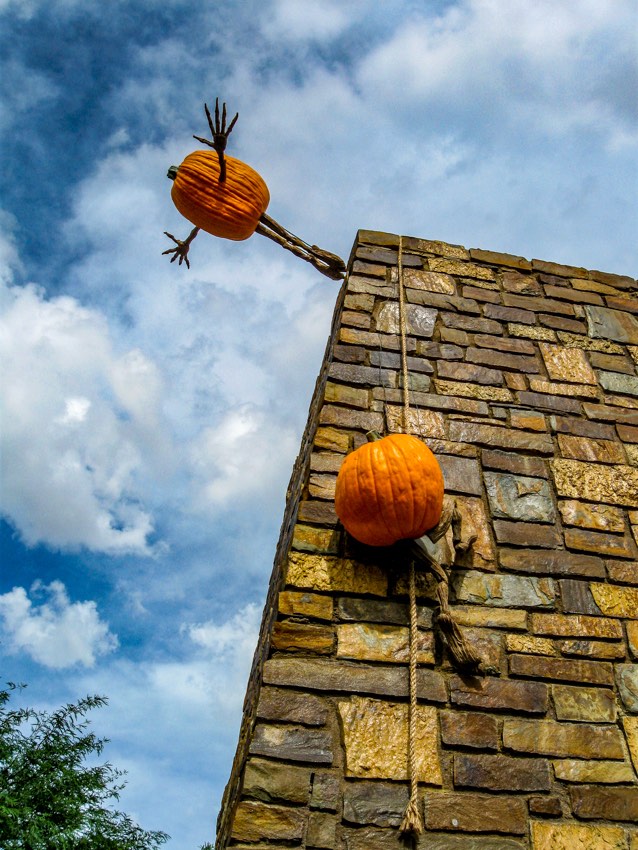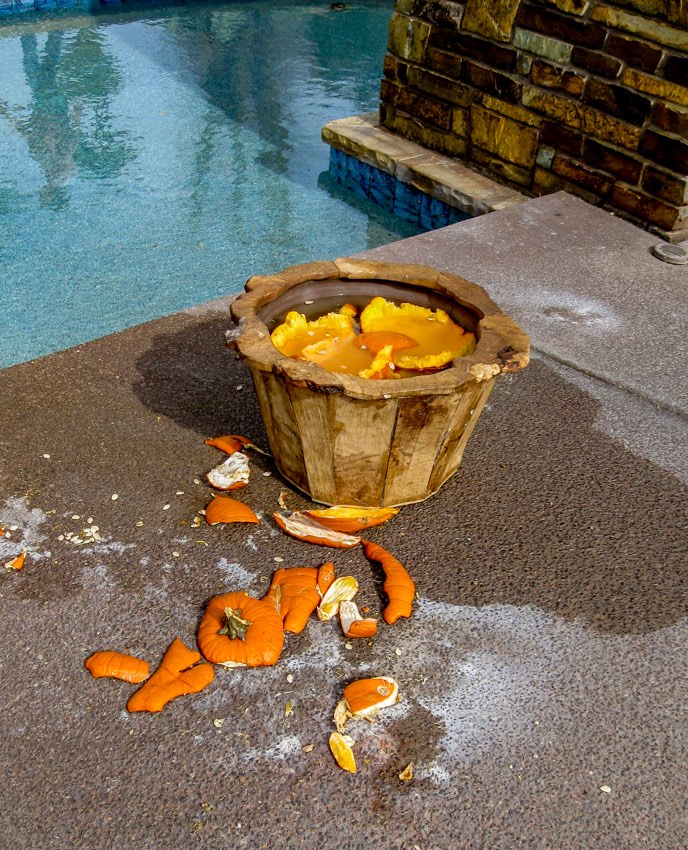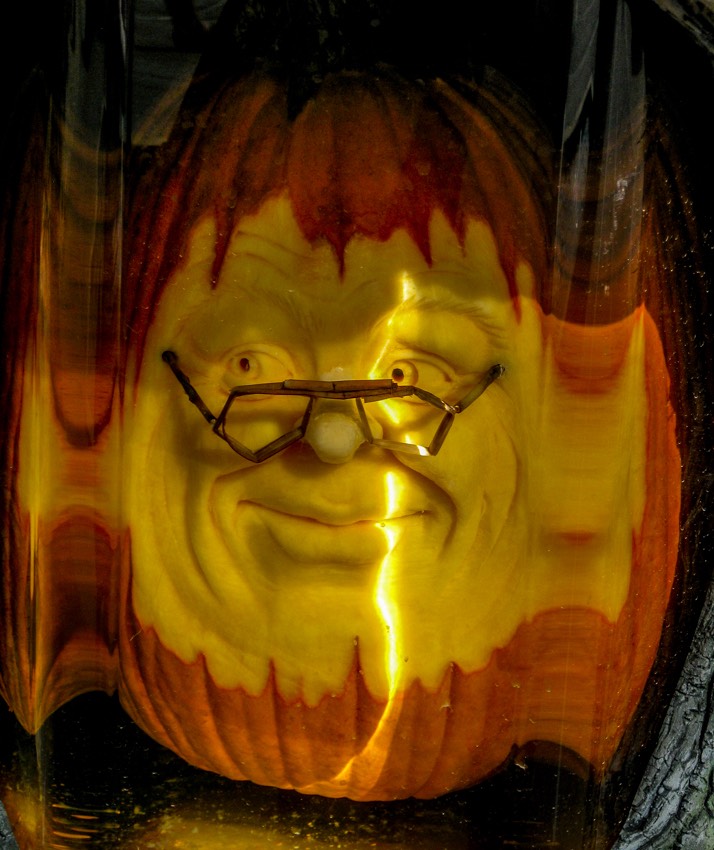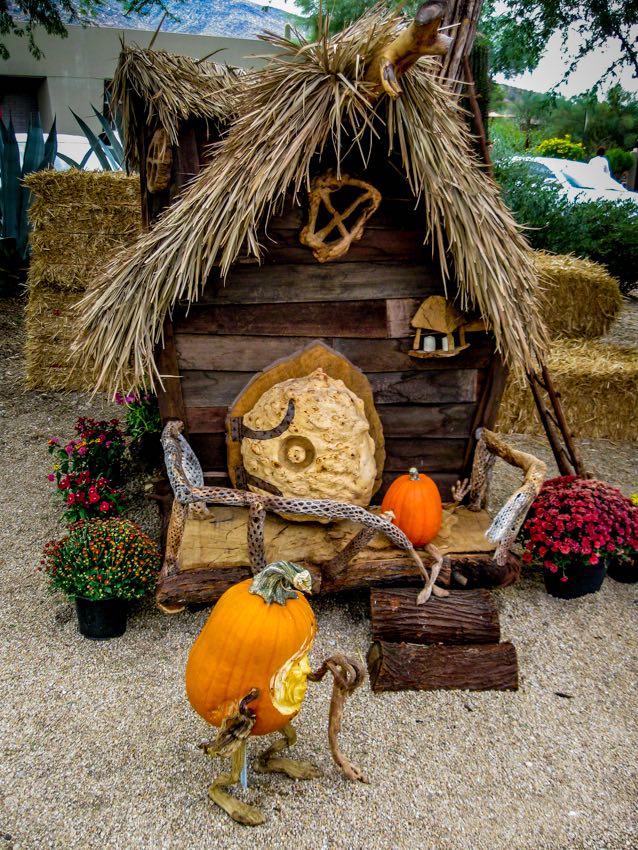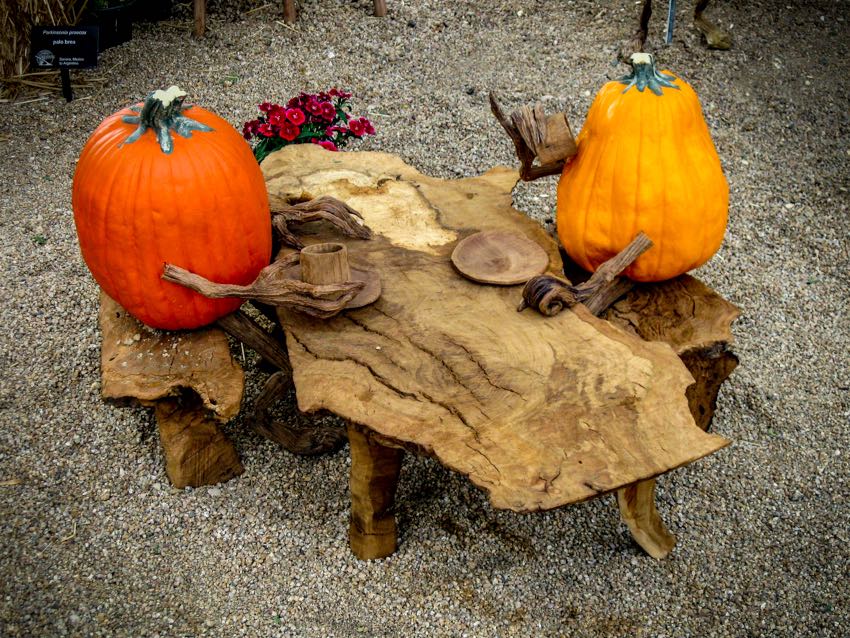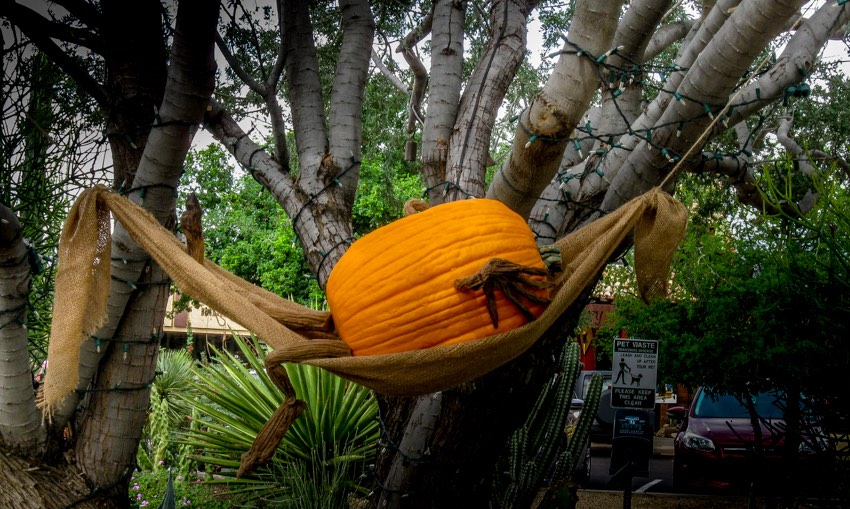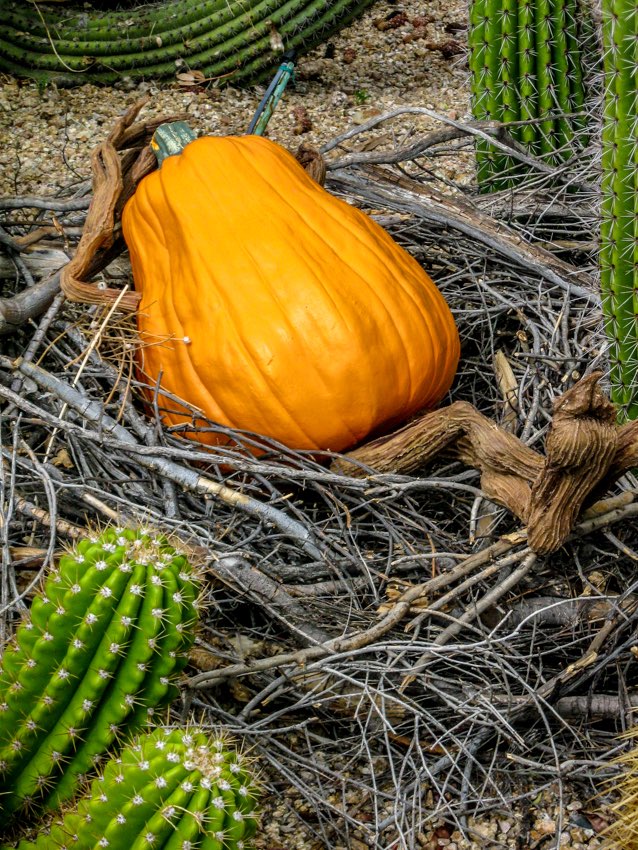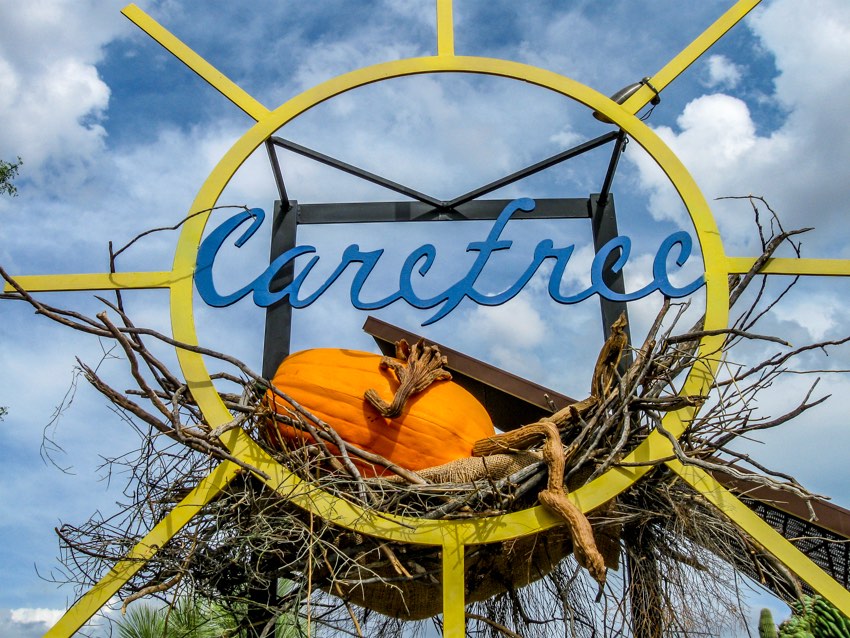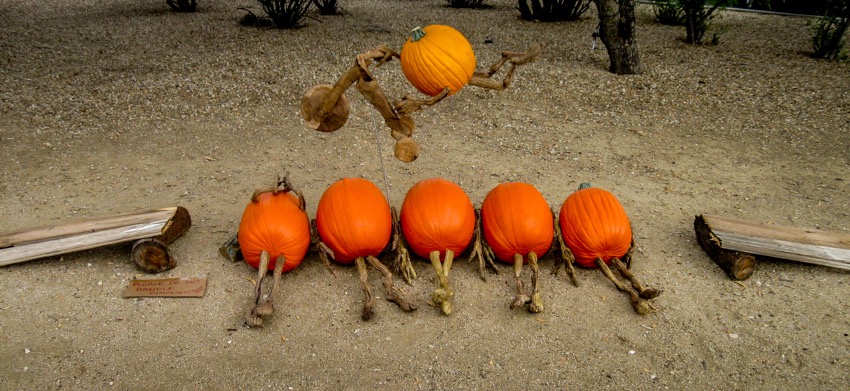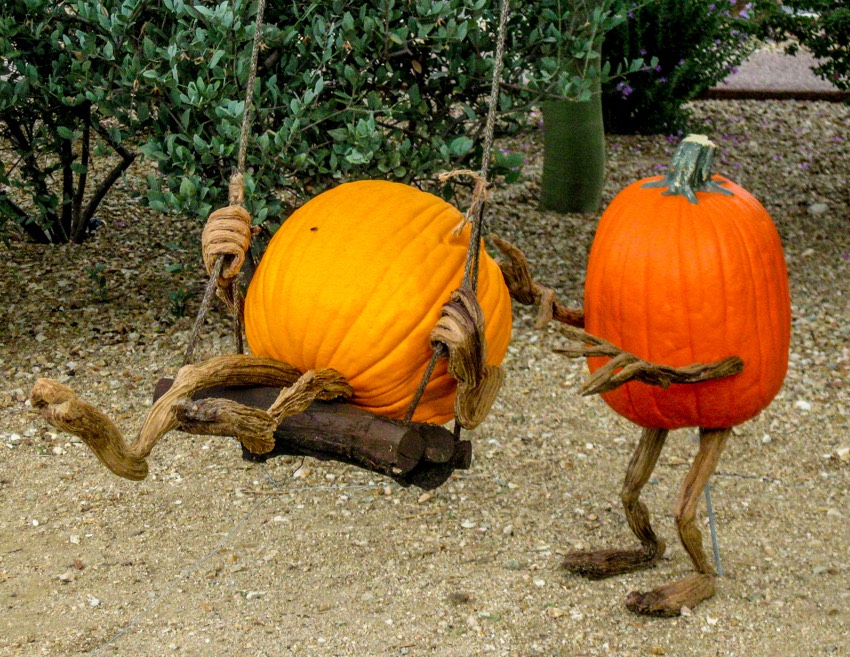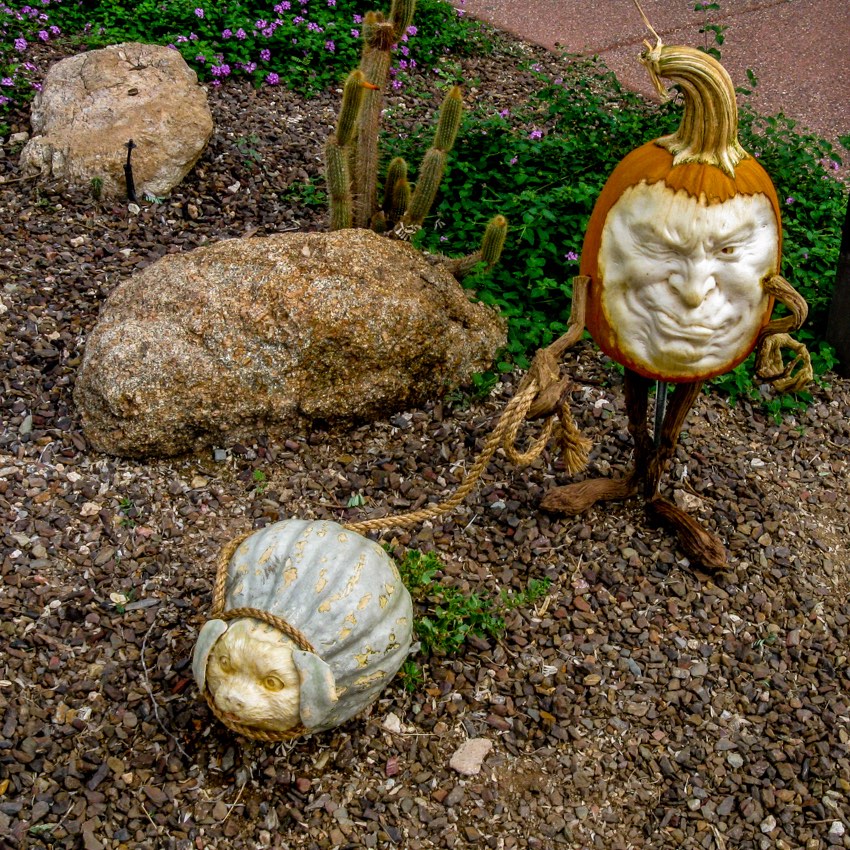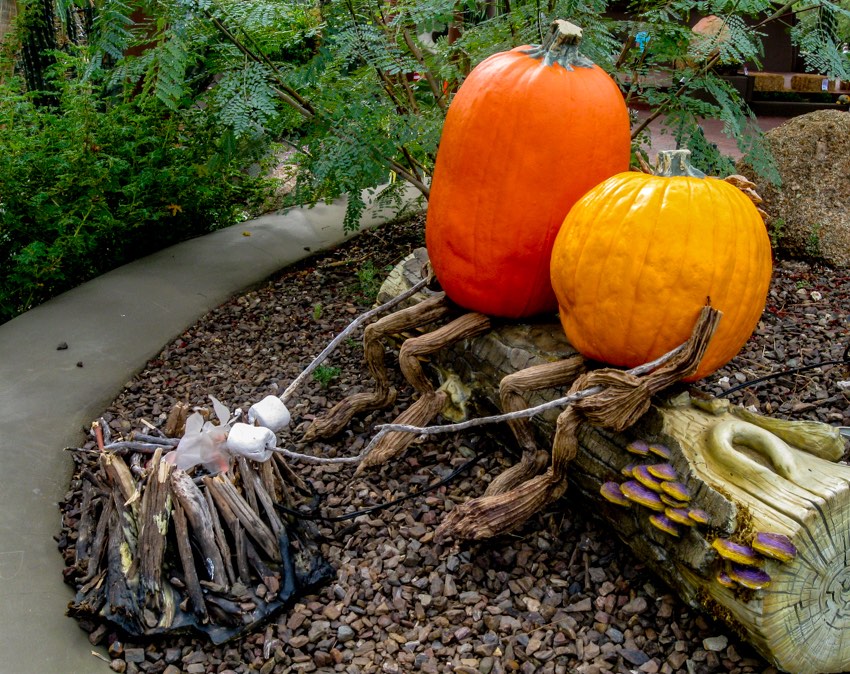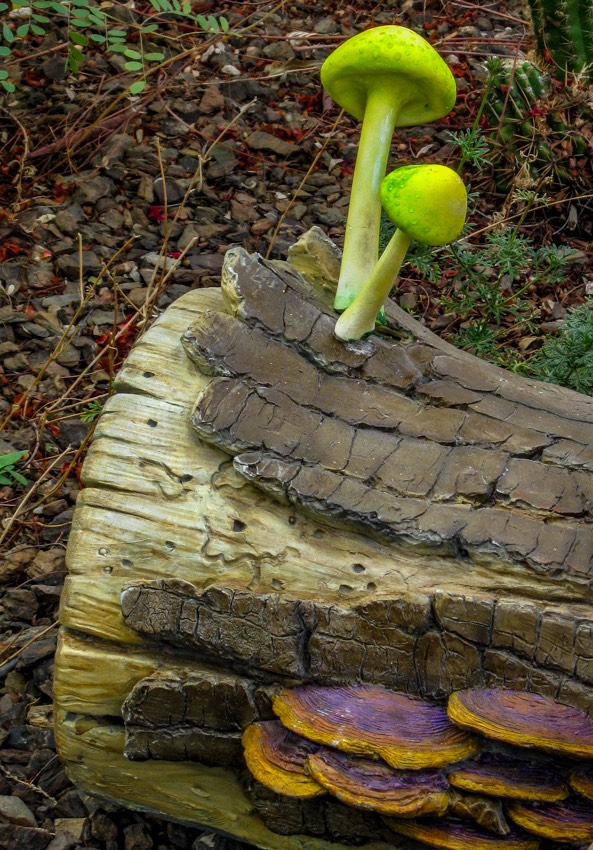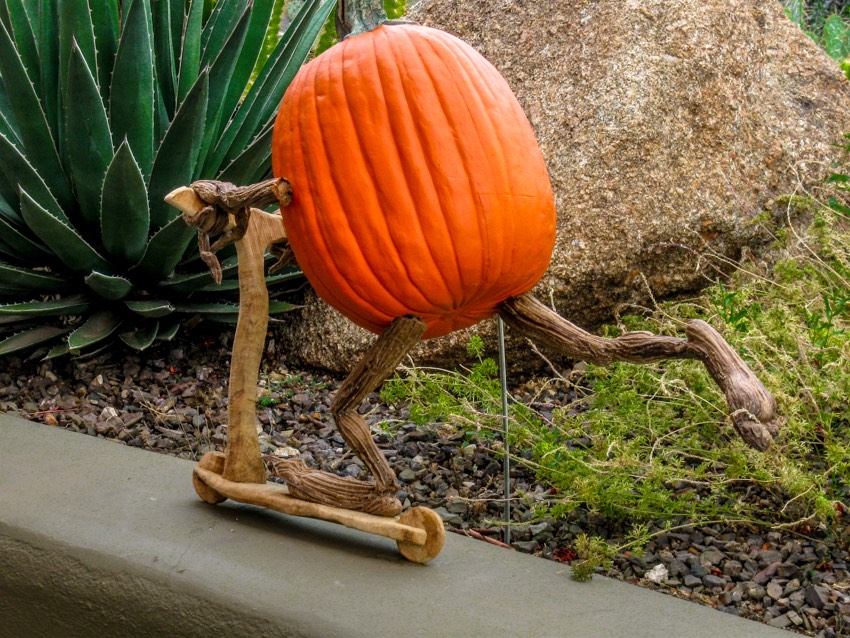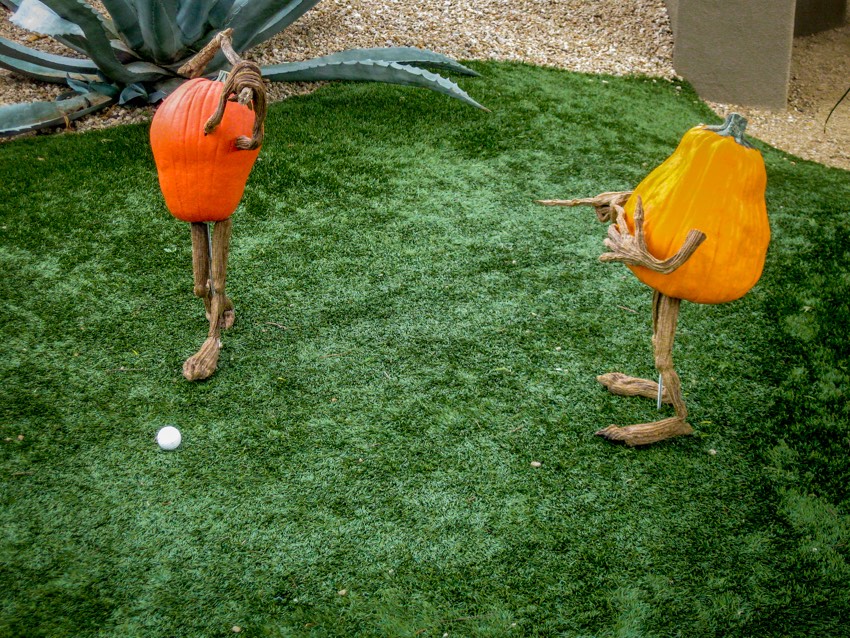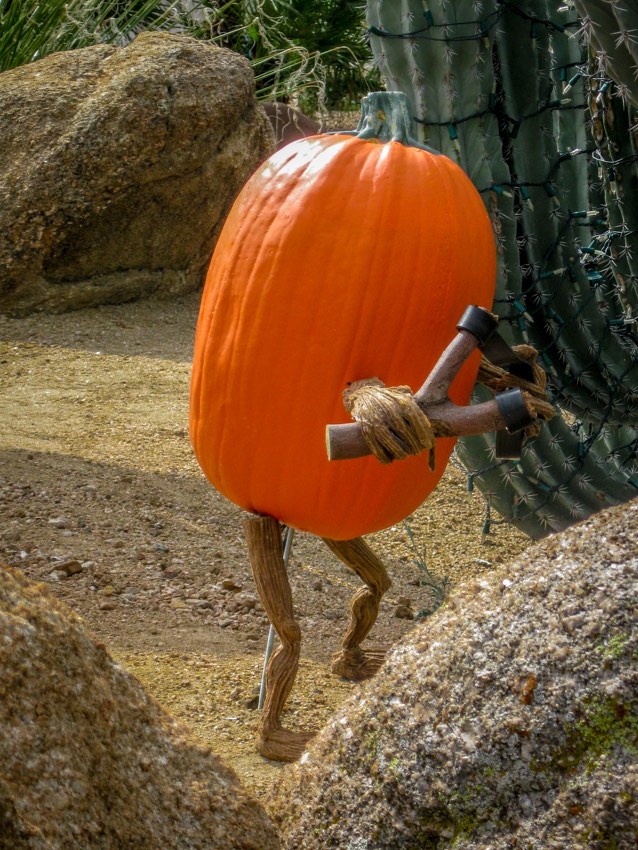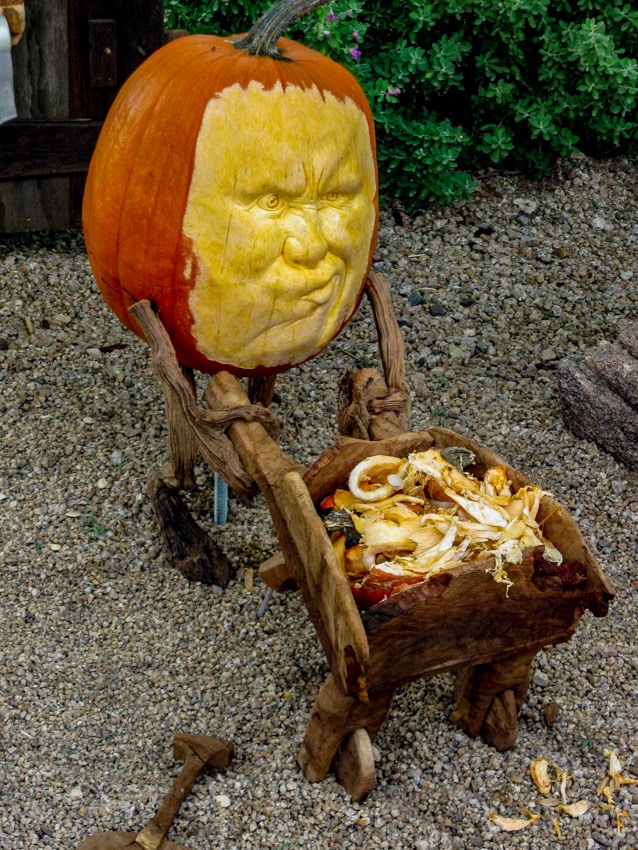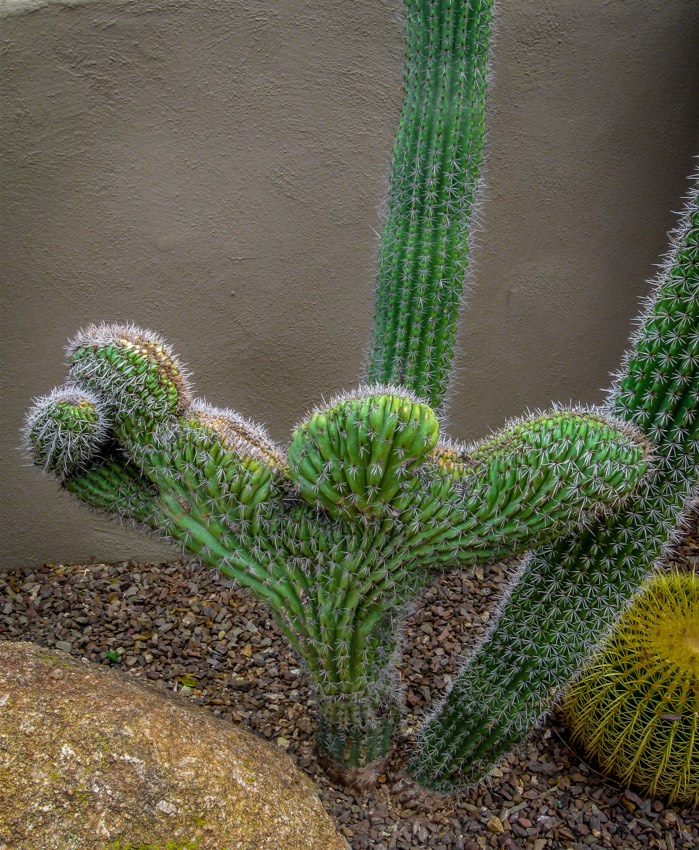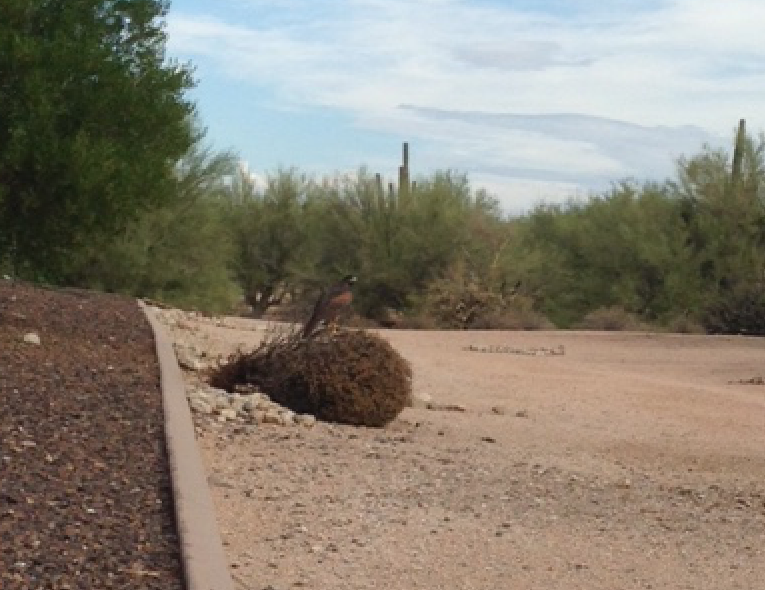In Phoenix, AZ (the Sonoran Desert) gardening is unlike most other places. One thing more difficult than gardening in the desert is creating a successful garden retail business and that is why it is always exciting when a new option appears.
As part of the Maricopa County Master Gardener program, we took a field trip to visit Agave Farms in central Phoenix.
4300 N Central Ave,
Phoenix, AZ 85012
(602) 374-6553
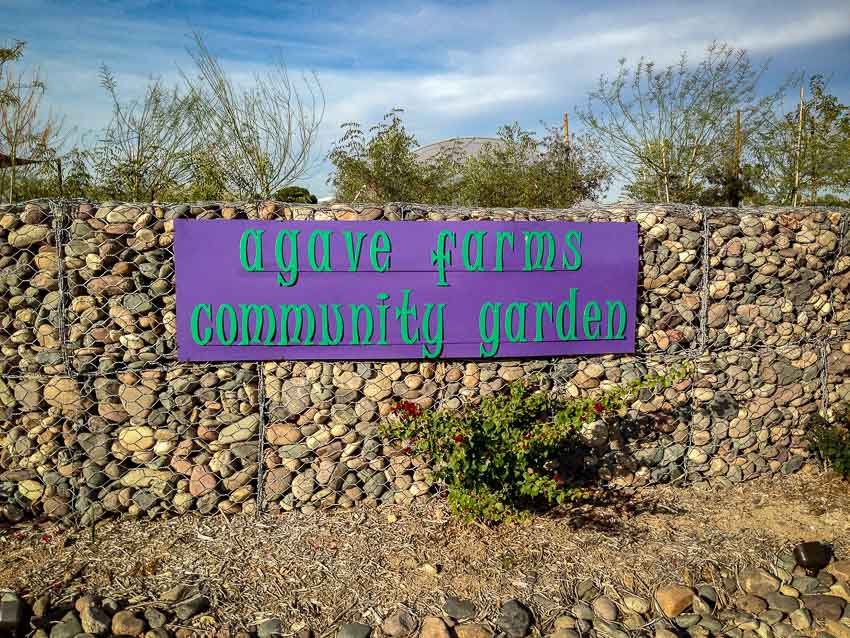
What renders Agave Farms somewhat different is that it is a cross between a community farm and garden center. It is landlocked by urban landscape and serves as a welcome oasis for those in the immediate area.
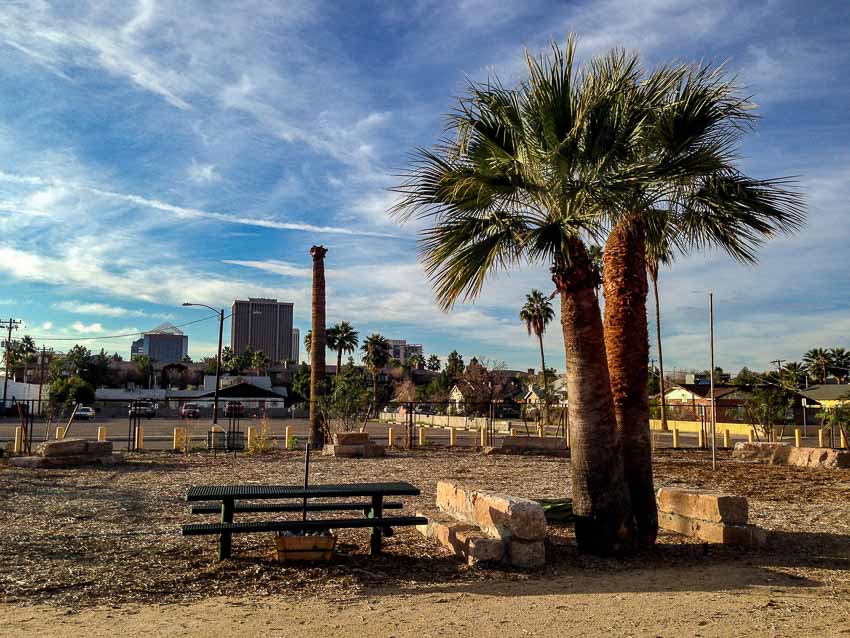
When visitors enter the center, they are first struck by the vastness of the farm. Although it appears as one city block, it is a big one.
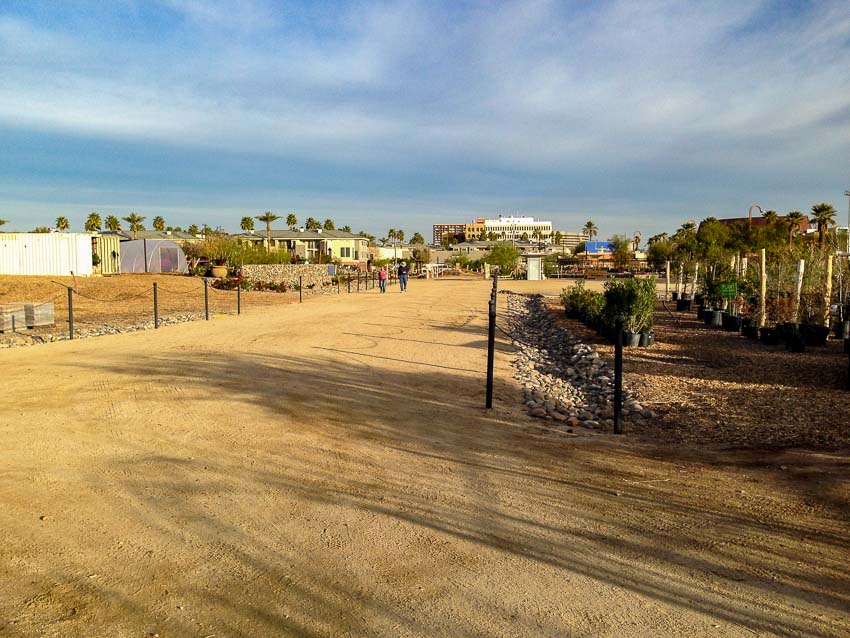
At times there can be a flurry of activity taking place so naturally, there needs to be some guidelines for the safety of the visitors and the care of the plants and other items for sale..
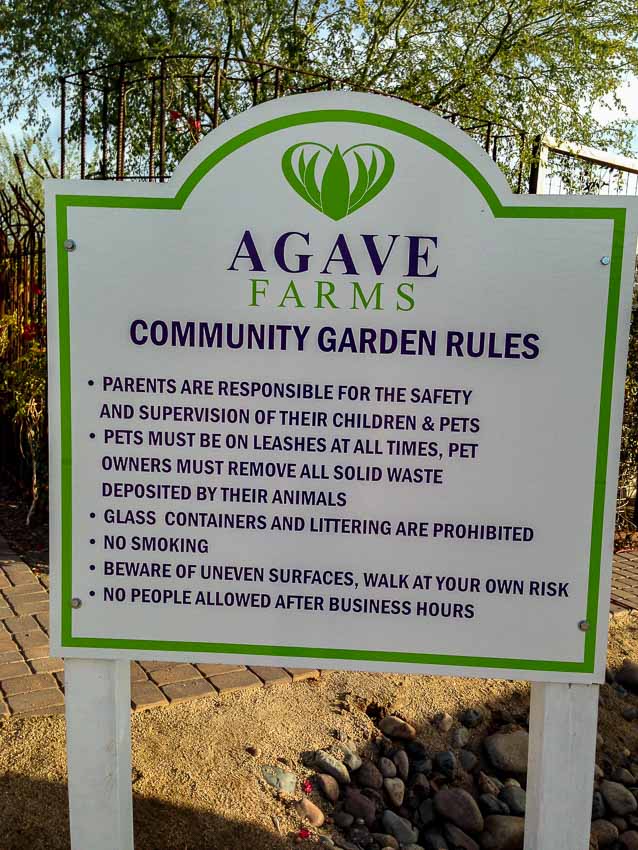
Here is an artistic signpost explaining where most areas of interest are located.
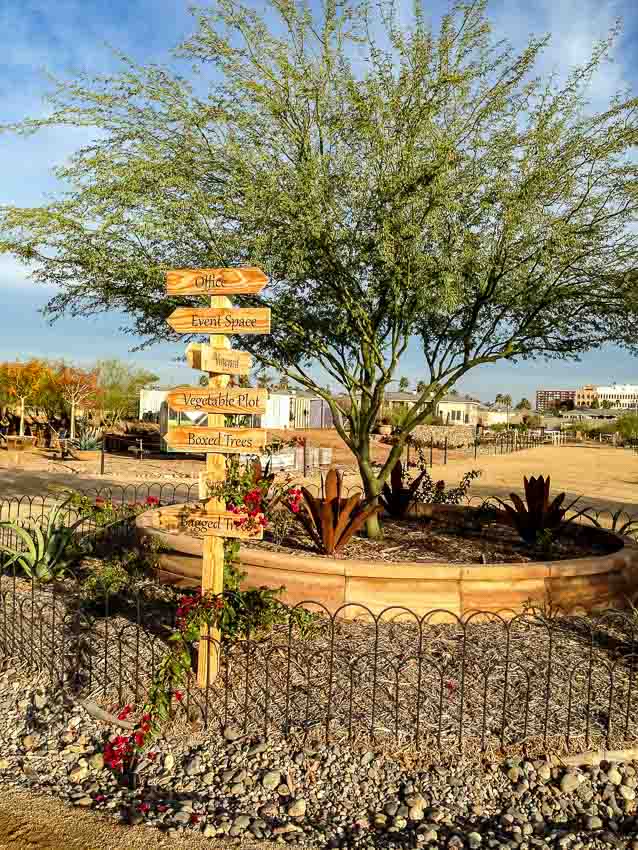
Gardeners should take their time to look around and study the displays and floral groupings. These can spur creative gardening thoughts for home use.
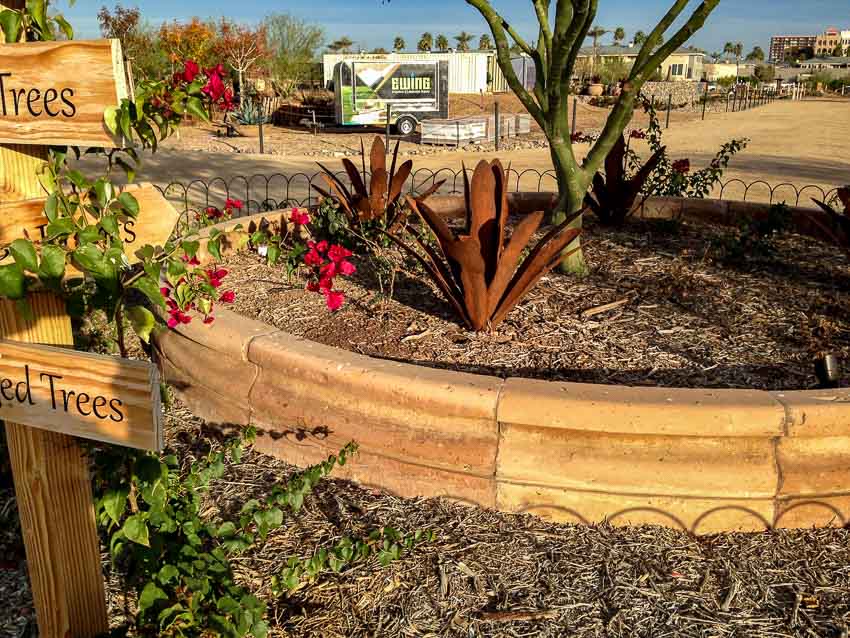
Agave Farms (AF) appears to invite group visits such as ours. They have a small picnic table and barbecue area just behind the office building near the parking lot.
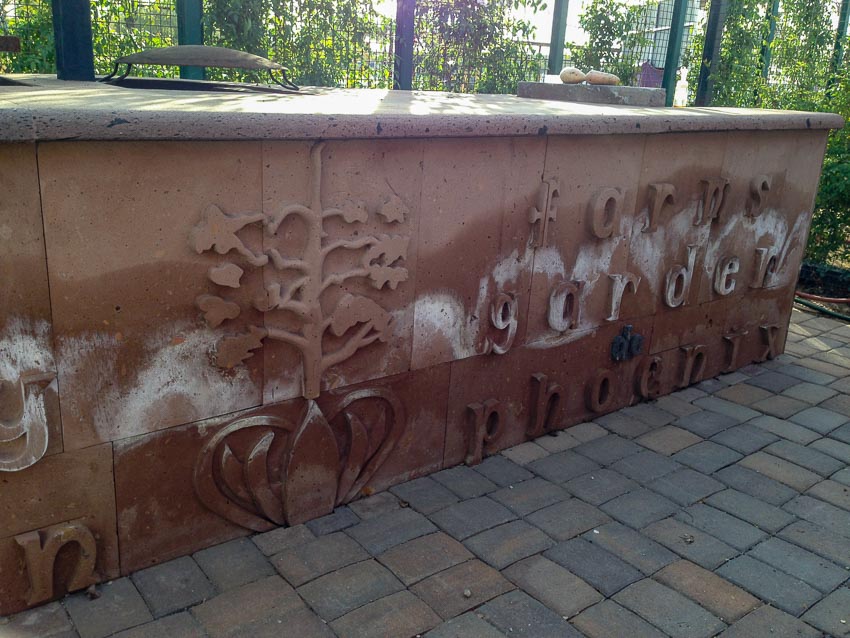
For inspiration, there are small and large displays to get guests into that gardening mood.
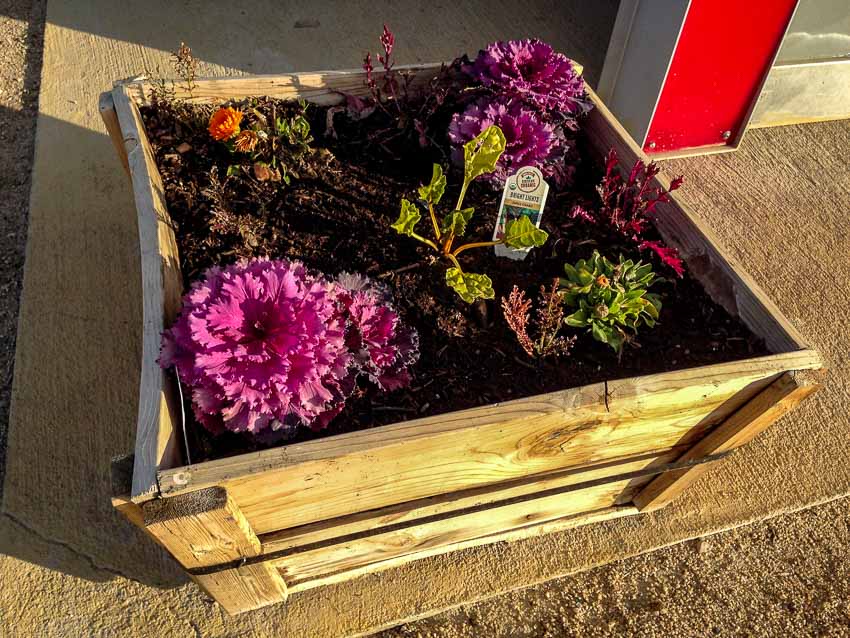
AF even offers plants that are impossible to kill, i.e. metal sculptures. (Note – I am not sure these particular specimens are for sale, but if interested, I think AF can provide the contact information of a supplier).
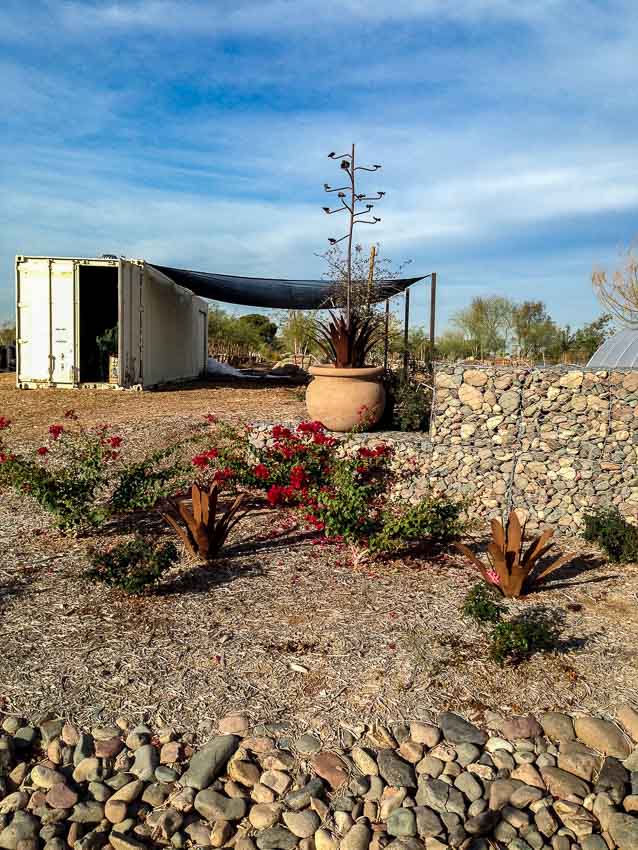
Many people who have desert gardens like to use rebar, metal objects, etc. in their garden design. I have learned to appreciate rebar and rust as a featured element of a Sonoran Desert garden design. This portion of a rebar gate focuses attention on flowers on the picnic area’s patio.
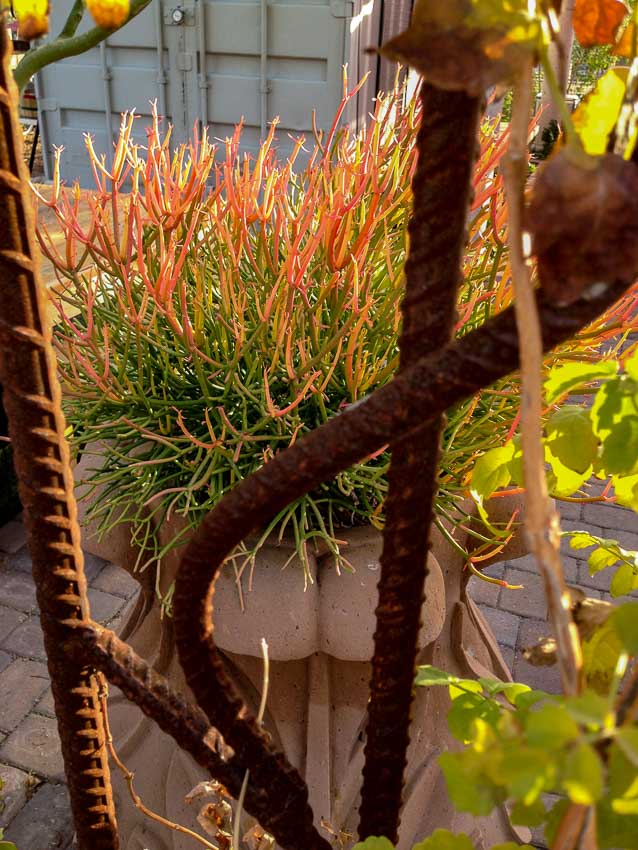
Below is a picture of a nice, artsy petunia display. Keep in mind that these photographs were taken the second week in January at a time when there are still cool-to-cold temperatures and danger of frost. This is our early spring in the Valley of the Sun. This season is not a time to find, full lush gardens in the desert. It is however, a good time to begin thinking about plans and planting for the upcoming season.
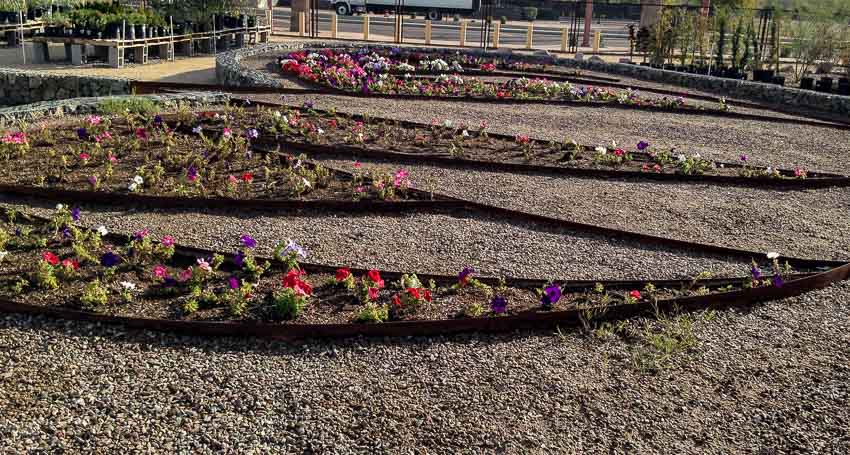
There are some interesting, some may say humorous, touches at AF such as this doctor statue standing in the middle of a future planting area.
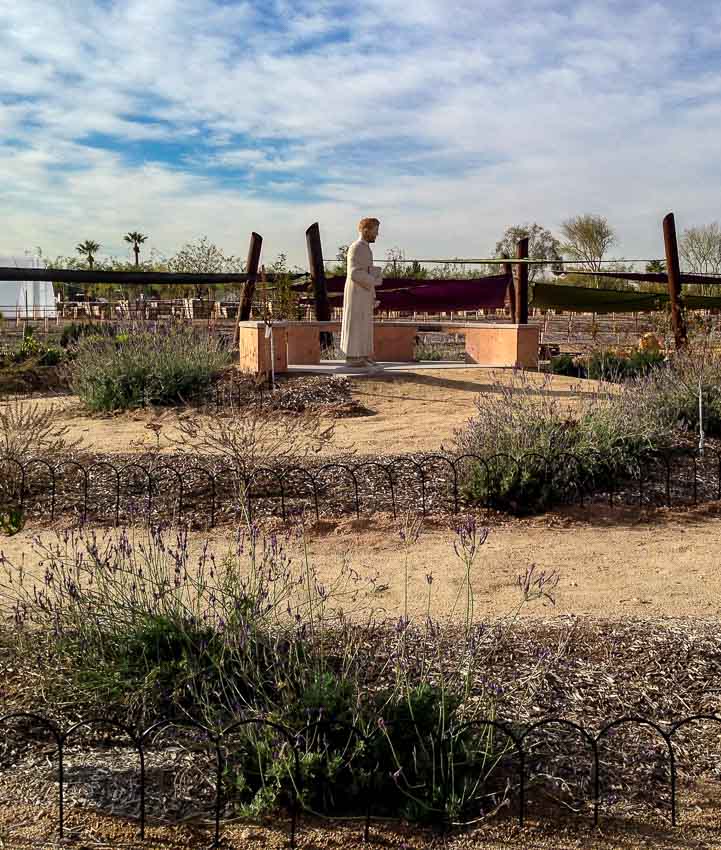
We cannot forget that this is a desert-based farm and landscape center and as such there are desert plants for sale. These cactus plants have cups covering their sensitive growing tips should a frost occur. It does look a bit unusual to those from other areas, but quite common in the desert.
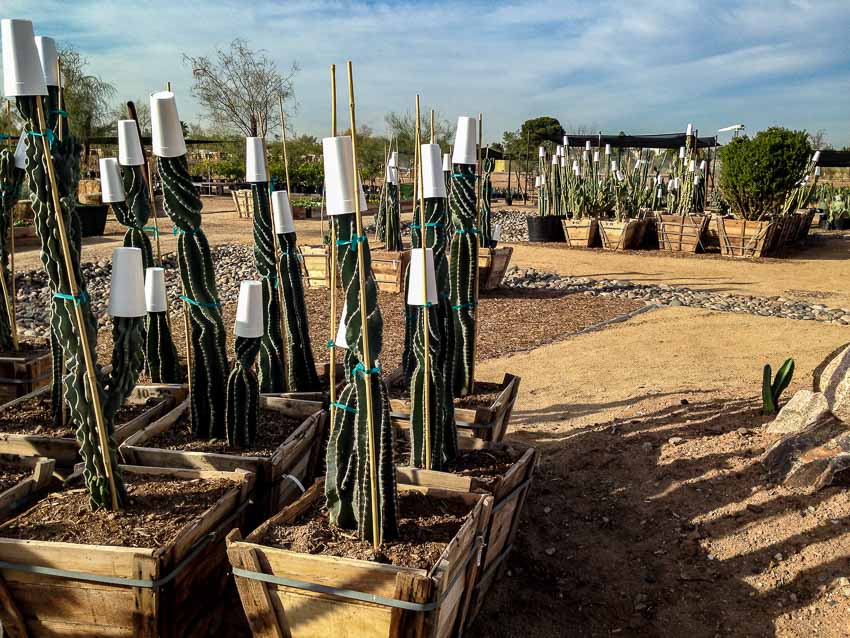
In a previous JBRish post, I depicted another unusual aspect to winter protection of sensitive desert plants. You can check out the post, Cactus Ghosts in the Desert.
Large specimens are often sold in planting boxes. These are a bit tricky to use for those who are uninitiated and usually require a specialist or someone who has developed the appropriate skills. There is a definite technique to releasing a plant from one of these wooden planting boxes and keeping the root ball intact.
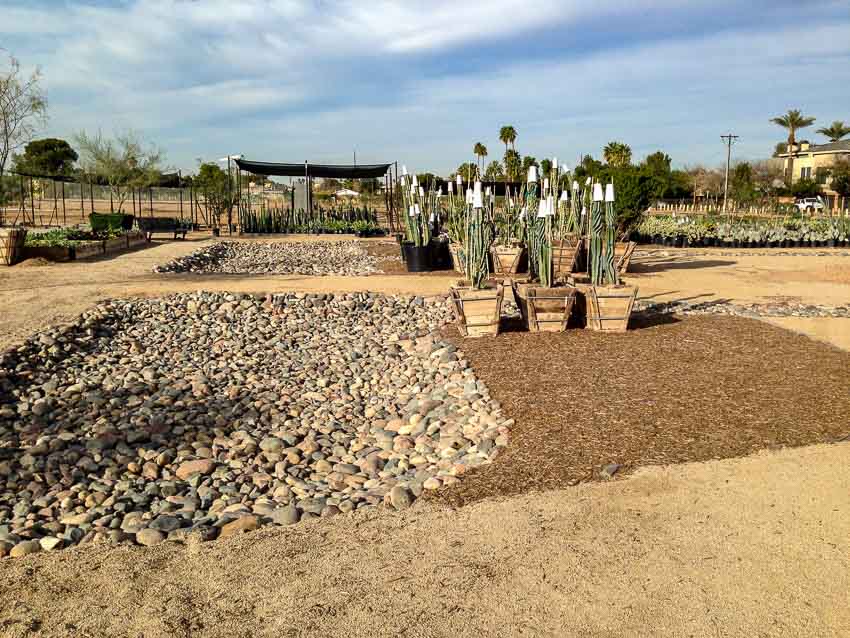
There are live agaves to be seen at AF, but this particular fountain sculpture can serve as a signature for this post and a fine end to Part 1 of our visit to Agave Farms.
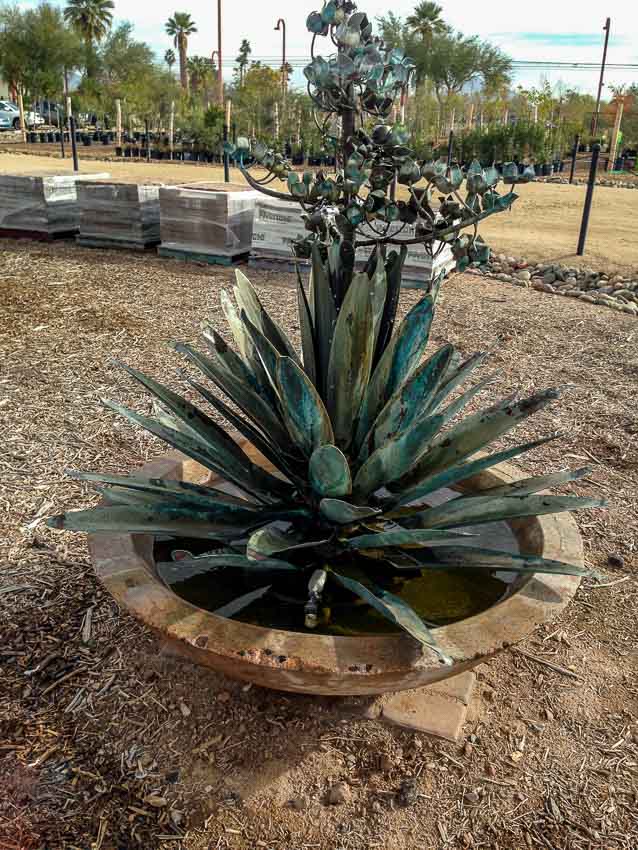
JBRish.com originally published this post
*All photographs Copyright by Jeffrey B. Ross with all rights reserved.
See previous posts about life in the desert HERE or gardening HERE.
